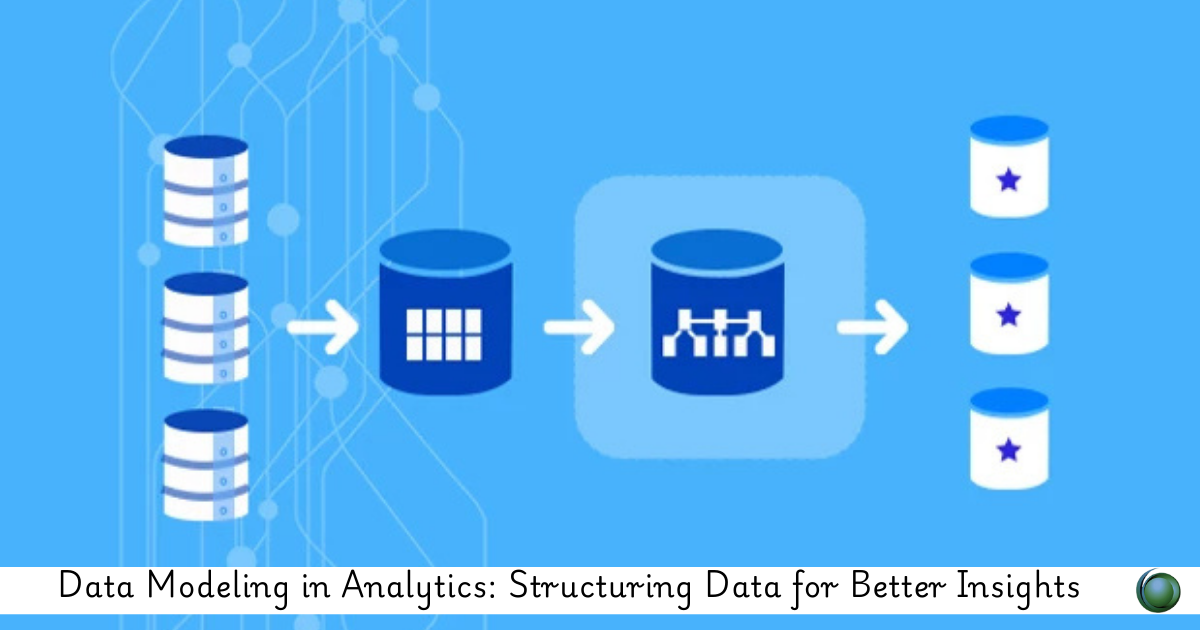Description
Introduction of Data Modelling in Analytics
The Data Modelling in Analytics course provides a comprehensive overview of data modeling techniques essential for effective analytics. Participants will delve into the principles of designing and structuring data models to enhance data integrity and accessibility. The course covers various modeling approaches, including star and snowflake schemas, as well as entity-relationship diagrams. By the end, learners will understand how to create and optimize data models that facilitate data integration, improve reporting accuracy, and drive actionable business intelligence insights.
Prerequisites
- Basic understanding of data concepts and analytics
- Familiarity with SQL and data visualization tools
- Experience with database systems is beneficial
TABLE OF CONTENTS
1 : Introduction to Data Modeling:
1.1 Definition of data modeling
1.2 Importance of data modeling in analytics(Ref: Cloud Pak for Integration (CP4I) Mastery : Cloud Integration)
1.3 Overview of data modeling techniques and methodologies
2 : Fundamentals of Analytics:
2.1 Introduction to analytics and its role in decision-making
2.2 Types of analytics: descriptive, diagnostic, predictive, and prescriptive analytics
2.3 Business Intelligence (BI) and analytics tools
3 : Data Types and Structures:
3.1 Understanding different data types
3.2 Overview of data structures (tables, documents, graphs, etc.)
3.3 Relational vs. non-relational databases
4 : Relational Database Concepts:
4.1 Basics of relational databases
4.2 Tables, rows, and columns
4.3 Primary keys, foreign keys, and relationships
5 : Entity-Relationship Diagrams (ERD):
5.1 Creating and interpreting ERDs
5.2 Entities, attributes, and relationships
5.3 Cardinality and normalization
6 : Dimensional Modeling:
6.1 Basics of dimensional modeling for data warehousing
6.2 Fact tables and dimension tables
6.3 Star schema and snowflake schema
7 : Data Modeling Tools:
7.1 Overview of popular data modeling tools
7.2 Hands-on experience with a data modeling tool
7.3 Creating and modifying data models
8 : Data Modeling Best Practices:
8.1 Design principles for effective data models
8.2 Ensuring data integrity and accuracy
8.3 Performance considerations in data modeling
9 : Metadata Management:
9.1 Importance of metadata in data modeling
9.2 Strategies for metadata management
9.3 Impact of metadata on analytics and reporting
10 : Data Modeling for Analytics Applications:
10.1 Designing data models for specific analytics applications
10.2 Incorporating predictive and prescriptive analytics in data models
10.3 Case studies of successful analytics data modeling projects
11 : Data Quality and Governance:
11.1 Ensuring data quality in the modeling process
11.2 Data governance and compliance considerations
11.3 Data stewardship and accountability
12 : Advanced Topics in Data Modeling:
12.1 Big data and data modeling
12.2 Streaming data and real-time analytics
12.3 NoSQL databases and their impact on data modeling
13 : Practical Exercises and Projects:
13.1 Hands-on exercises to apply data modeling concepts
13.2 Real-world projects to reinforce learning
12.3 Peer collaboration and feedback
To conclude; This course equips learners with the skills to design effective data models that streamline data workflows and improve analytical outcomes. By the end, participants will confidently implement models that support business intelligence and data integration efforts.
If you are looking for customized info, Please contact us here






